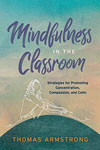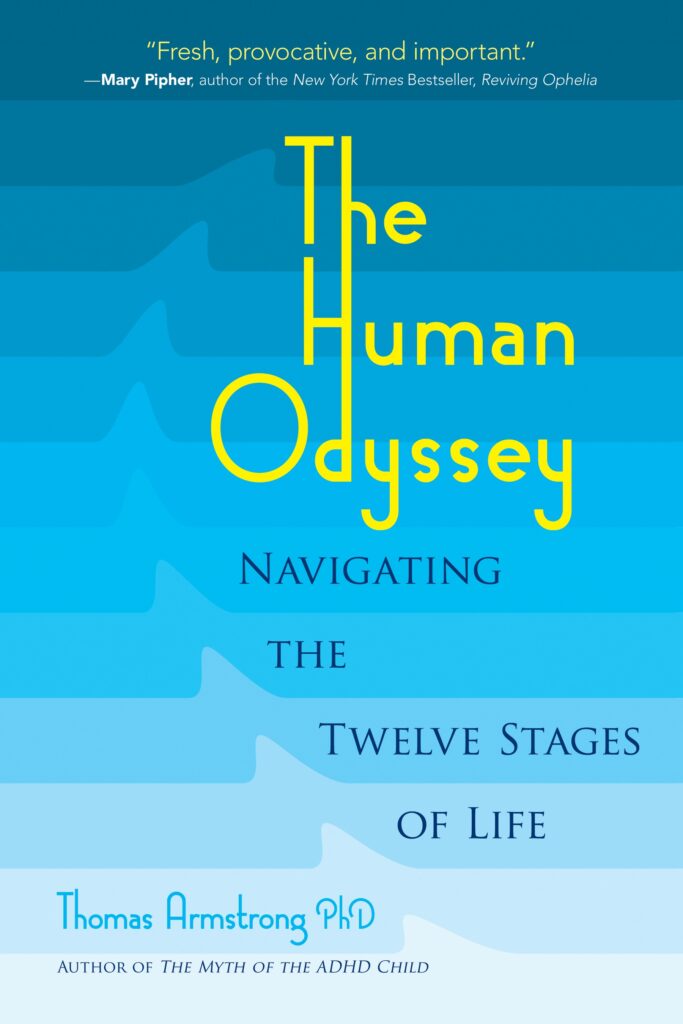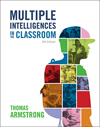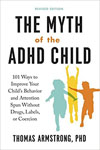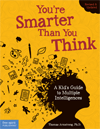 With the advent of COVID-19, millions of parents are now confronted with the task of teaching their kids at home. I’d like to save you a lot of time and frustration trying to badger your child into finishing his school assignment or an assignment from a homeschooling program you’ve just enrolled in. The fact of the matter is, your child (or teen) simply won’t fully engage with the learning material unless she can connect it to her own feelings, memories, and/or personal experiences. You can force her to do the assignment, but your child or teen is always wondering ”what does this have to do with MY life?” Unless we can come up with a good answer to this question, or structure their learning in such a way that it DOES connect to their lives, then we’ll leave our kids out in the cold. Perhaps they’ll complete the assignments, but there will be no heart in them, and no real learning will occur either.
With the advent of COVID-19, millions of parents are now confronted with the task of teaching their kids at home. I’d like to save you a lot of time and frustration trying to badger your child into finishing his school assignment or an assignment from a homeschooling program you’ve just enrolled in. The fact of the matter is, your child (or teen) simply won’t fully engage with the learning material unless she can connect it to her own feelings, memories, and/or personal experiences. You can force her to do the assignment, but your child or teen is always wondering ”what does this have to do with MY life?” Unless we can come up with a good answer to this question, or structure their learning in such a way that it DOES connect to their lives, then we’ll leave our kids out in the cold. Perhaps they’ll complete the assignments, but there will be no heart in them, and no real learning will occur either.
This is a very complex issue, and to make things much simpler for parents who are just getting started as homeschoolers, I want to give you a simple formula that you can use to help your kids make that personal connection between their own lives and the material they’re required to learn. It’s actually a simple phrase that goes: ”Think of a time in your life when you _____.” And what you do is fill in the blank with whatever is relevant to what your child is learning.
In a recent blog post, I used this strategy for a high school science lesson. We were learning about the physics concept of Boyle’s law which deals with an inverse relationship between the pressure and the volume of gas in a chamber. So in this case, I asked readers to ”think of a time in your life when you were under a lot of pressure.” You can read the article to see where we went with it. But the purpose was to take what seems like a very abstract law (expressed as P x V = K or alternatively, ”for a fixed mass and temperature of gas, the pressure is inversely proportional to the volume”) and make it immediately accessible and relevant to kids’ lives.
You can do this with virtually any subject. Here are some other examples to provide direction:
- Reading: Let’s say your child is reading Judith Viorst’s book Alexander and the Horrible, Terrible, No Good, Very Bad Day. Either before, during, or after reading the book, you can ask your child to ”think of a time in his life when he had a horrible, terrible, no good, very bad day.” Once he’s made a personal connection, he has a more intimate relationship to the story and is more likely to be engaged and excited about the book.
- Math: Let’s say your young teen is just being introduced to algebra and he has to do a lot of problems that involve ”solving for x.” He might wonder (like I did when I started learning algebra), ”what is this x that I’m being asked to solve for?” I remember asking my seventh grade teacher about this, and he told me that ”x is an unknown” which still didn’t make much of an impression on me. Here’s where you can use your formula to make a connection. Ask your teen to ”think of a time in your life when you were trying to solve something that was unknown to you.” It doesn’t have to do with math at all. It could have been a social situation, or a physical challenge, or something else entirely. But by identifying their own unique efforts to solve an unknown, they now have a way of understanding ”solve for x” in a highly personal way.
- History. Your child is studying the American Revolution, and there’s a lot of reading from the textbook and questions to answer at the end of each chapter. This could end up being boring. But if you say to your child, ”during the American Revolution, our nation’s colonies revolted against the oppression of British rule” and then use your formula ”think of a time in your life when you felt like revolting against authority.” Now you can’t be too thin skinned about it, and if your child starts railing into you about a time when you laid down the law and he intentionally disobeyed you, just take it with a grain of salt. We don’t want to bring up old contentious family issues, but since it IS history, then just listen to your child share this, and keep in mind that while he’s venting, he’s also making a very strong connection between something that happened in his life, and something that occurred in the American Revolution.
- Social Studies. Perhaps your child or teen is studying the U.S. Supreme Court and learning about how cases get appealed. You can ask them to: ”think of a time in your life” when you had a dispute with someone and then went to another person (perhaps an older person) to help you solve the problem.” Again, a connection is made.
One particular benefit of using a strategy like this one is that the memories and associations your kids have to this prompt are generally tinged with emotions, and our brain remembers things that have emotional content much better than those that are simply based on thinking. Our ancestors were more likely to survive and pass on their genes if they remembered things that had emotional content like being attacked by an animal, so they could prepare for the event better next time. Is this ”think of a time in your life” strategy fool proof for all occasions? Of course not. There are things that it would be hard to apply this to (try it with quadratic equations!), and there are times when your child won’t have any associations that come to mind, or associations that are forced and lack a deeper personal connection. But homeschooling parents need to have a lot of tools in their educational kit bag, and this powerful little strategy can come in useful whenever your child is feeling disconnected from whatever he happens to be learning about.
For more information on personalizing learning and adding to your homeschooling educational kit bag of strategies, see my book In Their Own Way: Discovering and Encouraging Your Child’s Multiple Intelligences.
This page was brought to you by Thomas Armstrong, Ph.D. and www.institute4learning.com.
Follow me on Twitter: @Dr_Armstrong






